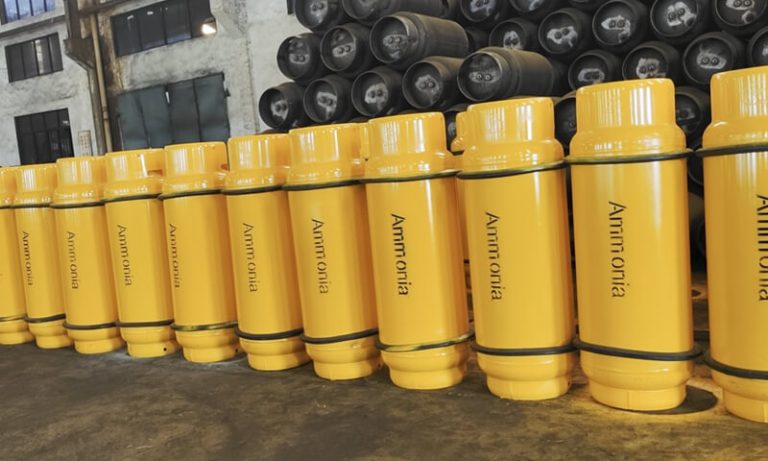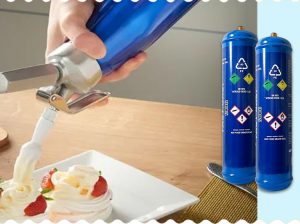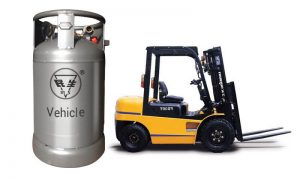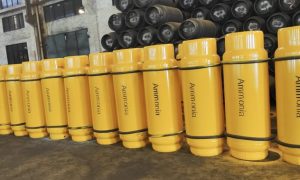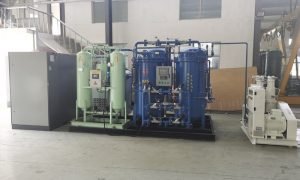How to ensure safe storage and transport of liquid ammonia
Ammonia is an important chemical raw material widely used in many fields of national economy. Liquid ammonia is mainly used in the production of urea other chemical fertilizers and raw materials for many medicines and pesticides. Ammonia can also be used as rocket propellant in defense industry, aerospace and other fields. Liquid ammonia can also be used as ammoniated raw material of organic chemical products, as well as refrigerant. Liquid ammonia can be widely used in semiconductor industry, metallurgy industry and scientific research after heating.
In order to facilitate the transportation and storage of ammonia, liquid ammonia is usually obtained by pressurizing or cooling gaseous ammonia with special equipment. Liquid ammonia, also known as anhydrous ammonia, is a colorless liquid.
The packaging, storage and transportation of liquid ammonia are generally used in steel cylinders (seamless cylinders or welded cylinders can be used, seamless cylinders are mainly of small volume less than 40L, and welded cylinders such as 120L, 400L and 800L are generally used for large volume more than 100L.) Or large liquid ammonia storage tank (commonly used ammonia storage tank specifications are 2.5 tons, 5 tons, 10 tons, etc.). The filling cylinder or tanker should avoid heat during transportation, and fireworks are strictly prohibited. Cylinders must be equipped with safety helmets. Rubber or iron rings are used to protect cylinders from violent impact and vibration. Liquid ammonia cylinders should be stored in a warehouse or on a platform with a shed roof. When stacked in the open air, tent cover should be applied to avoid direct sunlight. International transportation is generally carried by sea or rail.
The livelihood of the people to provide liquid ammonia cylinder and liquid ammonia tank by the ASME certification, ISO international certification, the European Union TPED certification, satisfy the market demand, can be customized according to customer requirements of various specifications of the cylinder and tank, producing method is advanced, detection means strict, in line with international standards, and the German TUV, BV, France, Switzerland SGS, British LR, DNV and other international first-class testing institutions cooperate to provide test reports to ensure customers safe use of liquid ammonia cylinders and liquid ammonia storage tanks.
